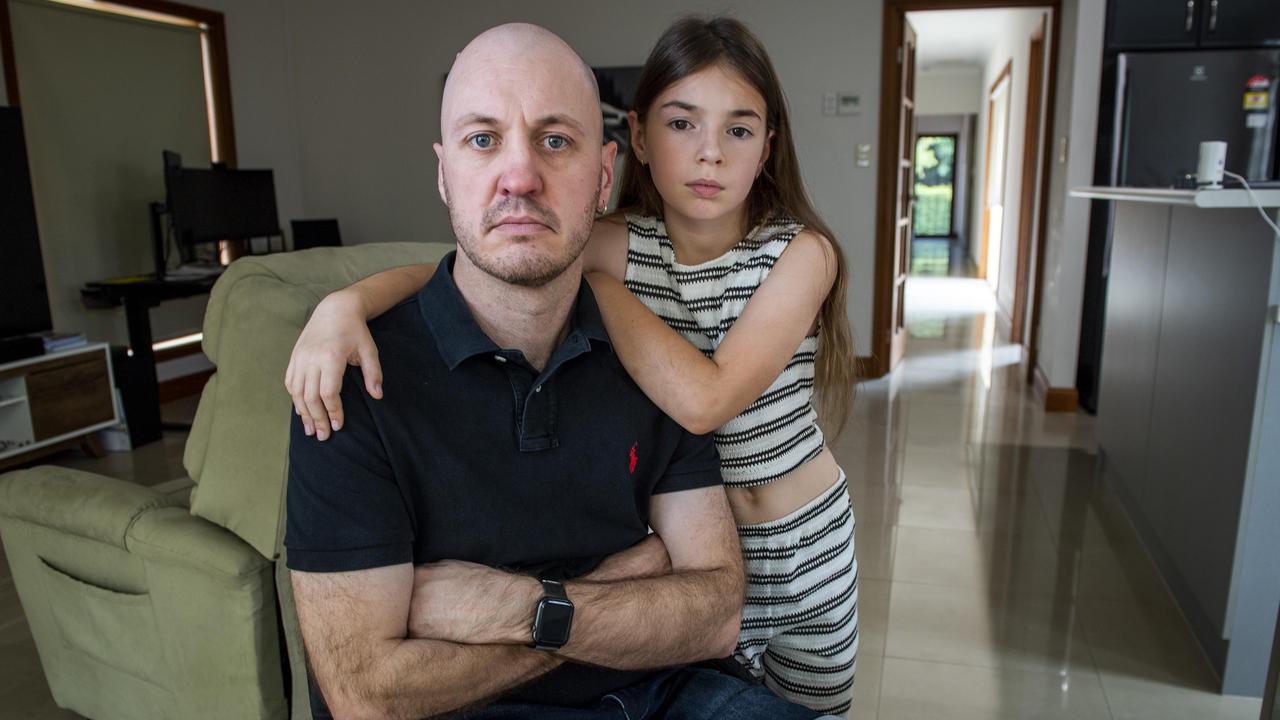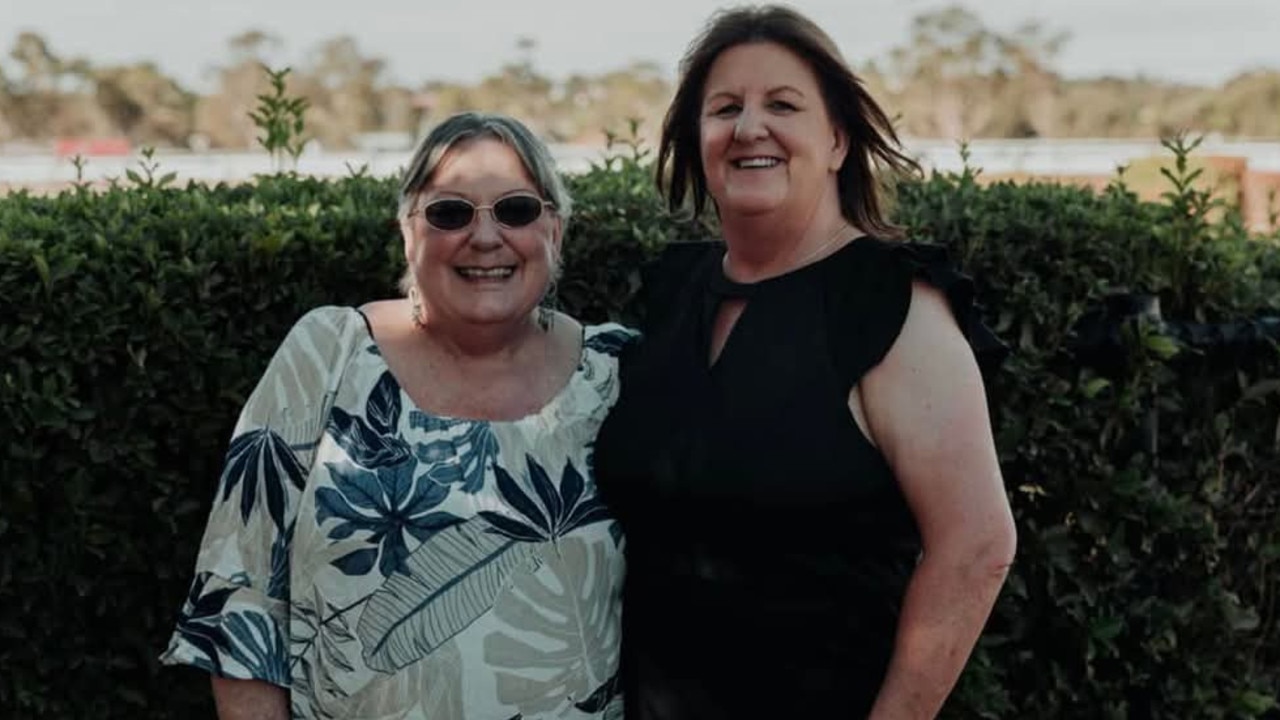‘Toxic’: Dark reason behind Moore Park oval removal
A popular sports ground on the doorstep of the famous SCG was quietly ripped up and resurfaced recently. Here’s the dark theory behind the council’s abrupt move.
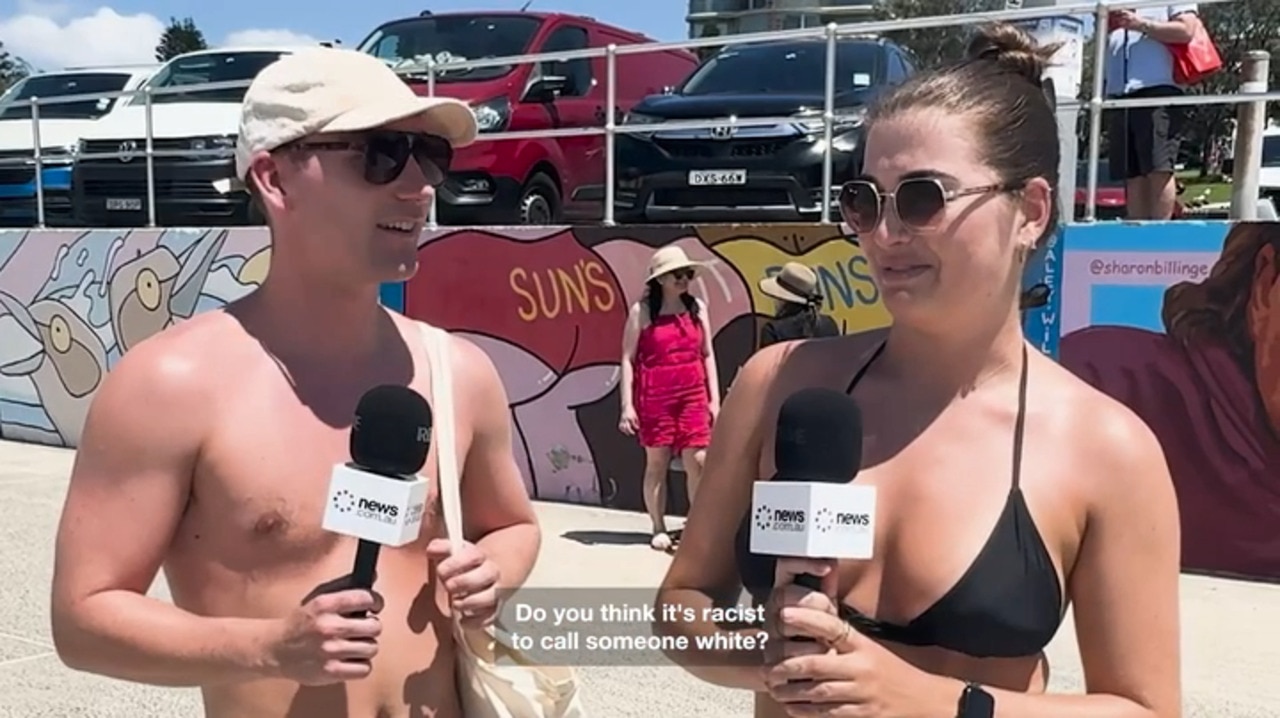
Illness
Don't miss out on the headlines from Illness. Followed categories will be added to My News.
EXCLUSIVE
A debate around whether certain fake grass can increase the risk of cancer has been reignited in Australia after a sporting ground in Moore Park was quietly ripped up and resurfaced with cork-based materials.
Moore Park All-Weather sporting field – about 400 metres from the Sydney Cricket Ground – was refurbished over the past three months after opening just nine years ago in 2015.
The pitch was made with a rubber-crumb infill, which is now being fazed out in countries across the globe due to feared health and environmental risks.
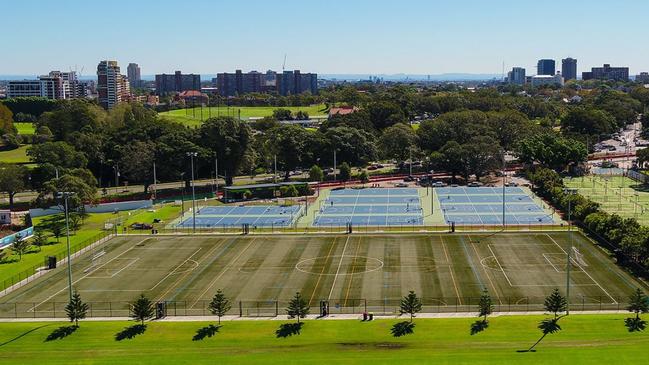
According to a tender seen by news.com.au, the resurfacing cost the NSW Government $1.52 million.
The move comes after the NSW Government released a report into the synthetic fields last year – which found “little was known” about the potential impacts of the rubber-based grounds, which are made up from pellets derived from discarded car tires.
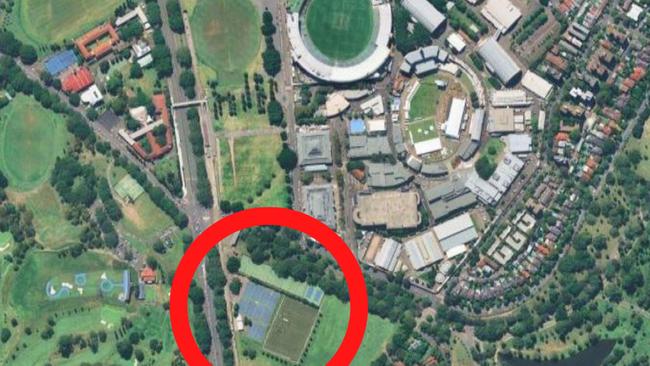
The report, delivered by the government’s chief scientist, identified significant “knowledge gaps” about the fields – however stopped short of banning them all together.
The Netherlands has banned the development of rubber-crumb turfs from 2030 following a study conducted across Dutch football clubs.
The study found 58 of the 60 clubs had fields which contained 1.5 to 3.7 times higher levels of carcinogenic compounds than what is allowed in consumer products.
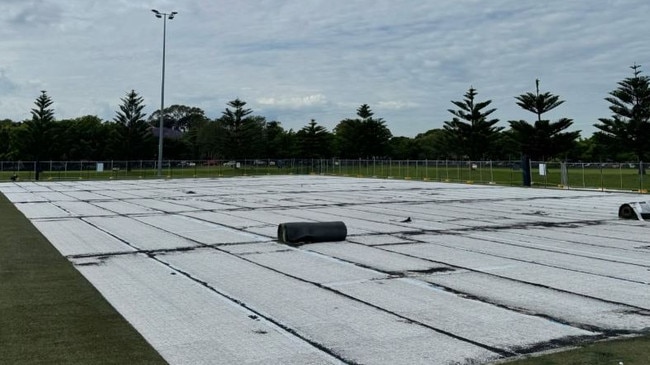
Separately, the EU has also banned rubber-crumb infill for sports pitches from 2031 due to environment concerns.
Australian Microplastic Assessment Project Program Director Dr Michelle Blewitt said the rubber has also been found to run into the waterways, presenting a major microplastic risk to the environment.
“We are aware that chemicals associated with the crumb are toxic and potentially harmful to aquatic life and us,” she told news.com.au.
“We are urging the government to follow stringent regulation in line with overseas developments.”
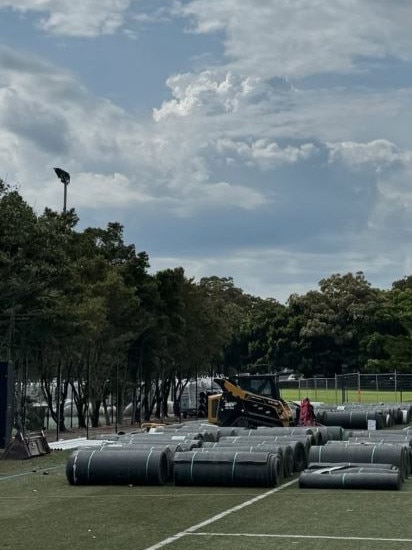
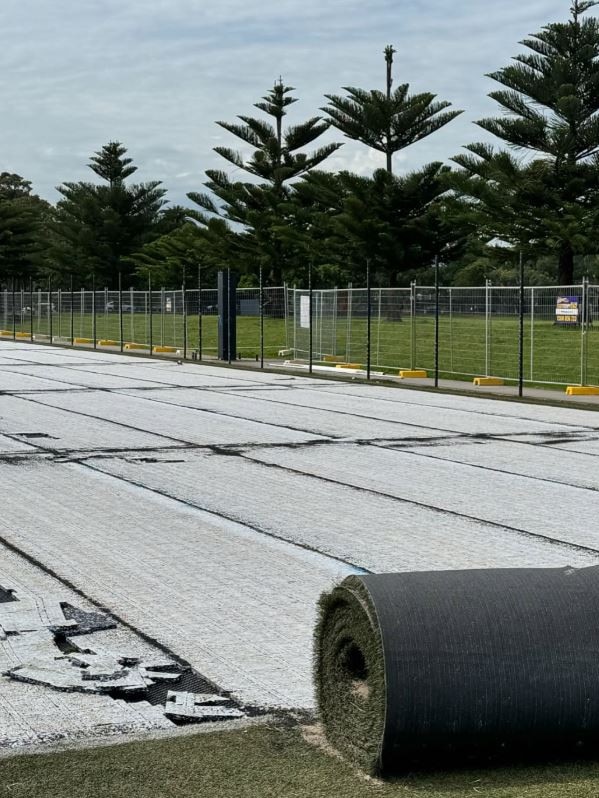
There are more than 200 rubber-crumb fields across NSW with Dr Blewitt hoping that Moore Park marked the start of a shift to phrasing the pitches out.
More artificial fields are set to be built including a $10 million redevelopment in Hobartville in Sydney’s northwest and an $8 million project in Callan Park in the inner-west, with the group urging the NSW Government to ensure the grounds are not filled with rubber-crumb.
The organisation is also calling for the NSW Government to impose a five-year moratorium on new planning and approvals for synthetic grass fields, as well as a “continued research program” to fully understand the health and environmental risk damages associated with the fields.
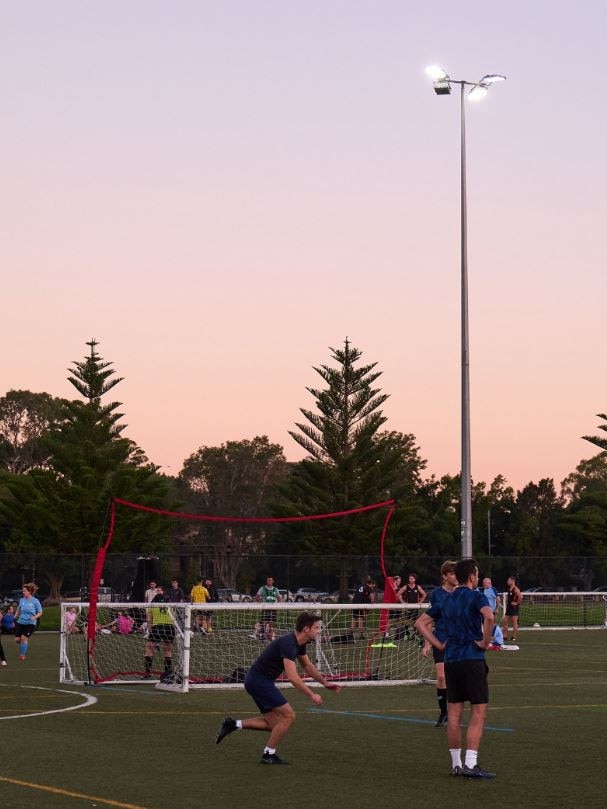
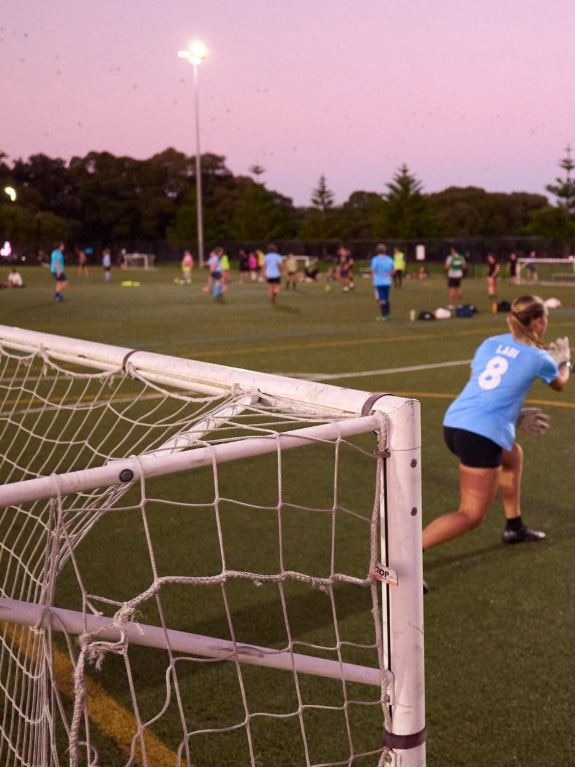
“Synthetic fields are a prolific problem across the country, not just Moore Park,” she said, adding that more noise needed to be made about the potential risks.
“Be aware of the potential risks – and urge your local council to keep our natural grass play areas.”
In a statement, a Greater Sydney Parklands spokesman said that the pitch had “reached its lifespan” after nine years.
“The resurfacing has adopted modern standards and materials with an organic infill material being used to replace the old crumb rubber,” the spokesman said.
The Centennial Parklands website stated in September that the existing field was being replaced due to “the current state of the field, expected lifespan, risk reduction measures, market options, and the implications of the NSW Chief Scientist & Engineer Report on potential synthetic turf field upgrade.”
Originally published as ‘Toxic’: Dark reason behind Moore Park oval removal




